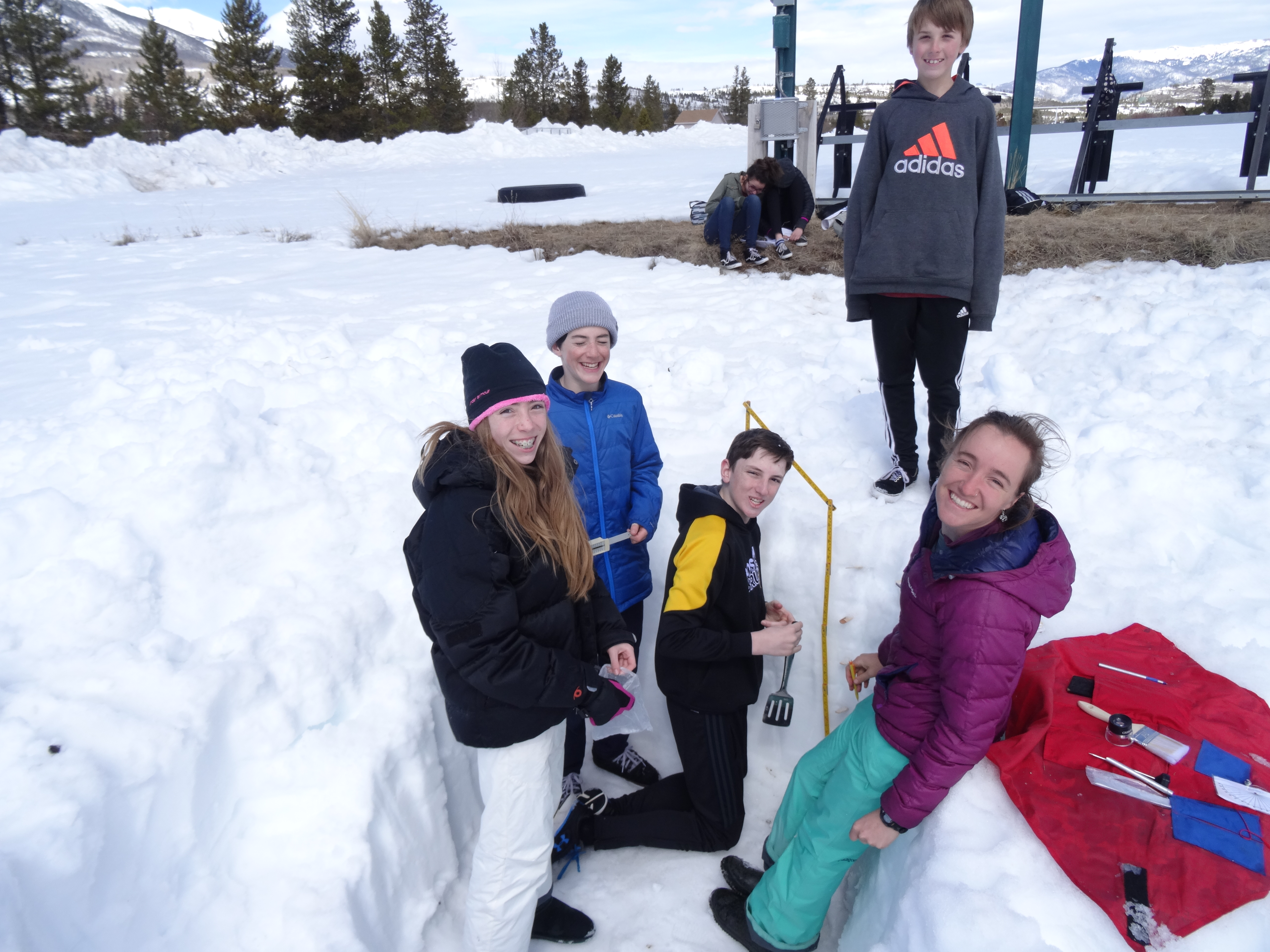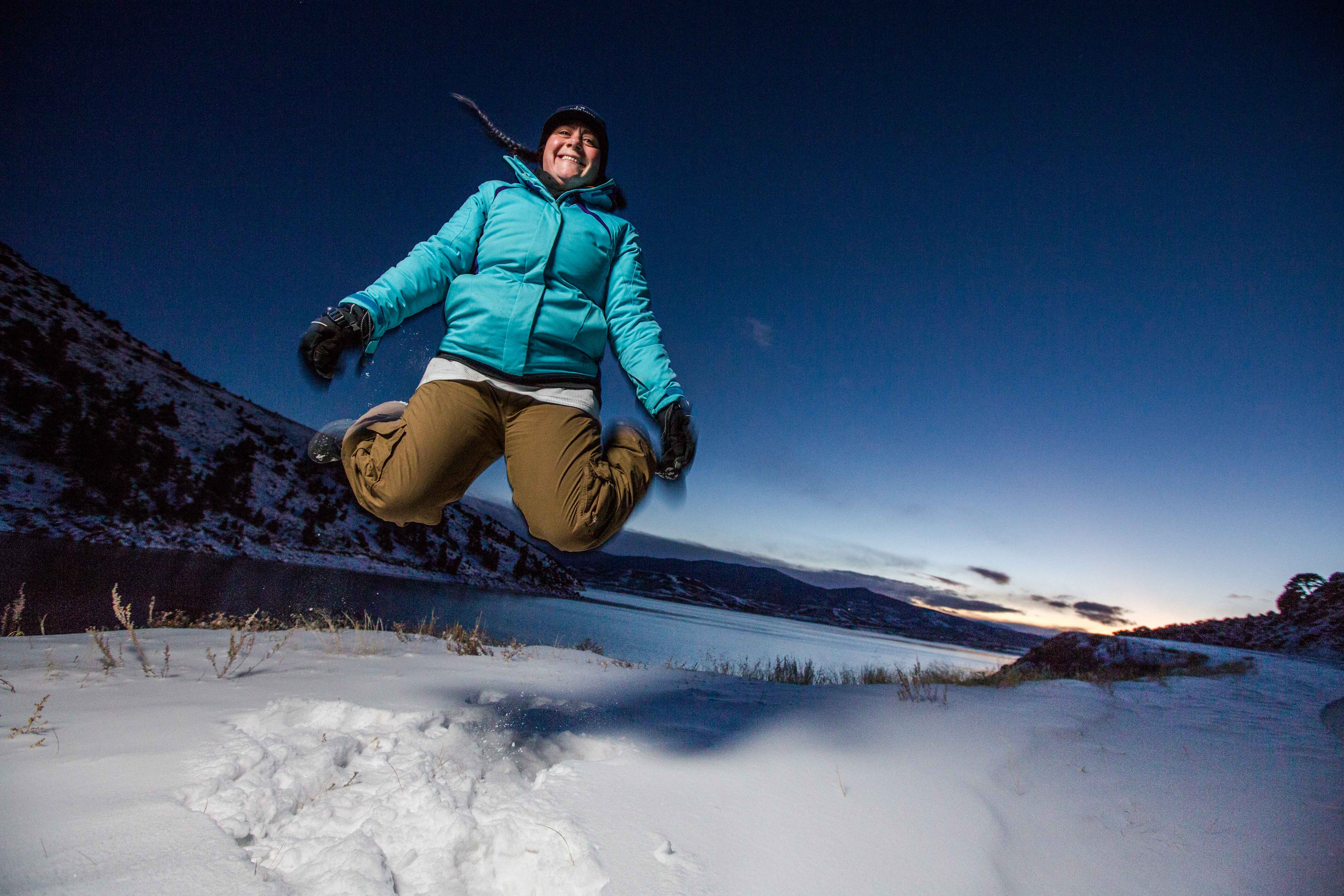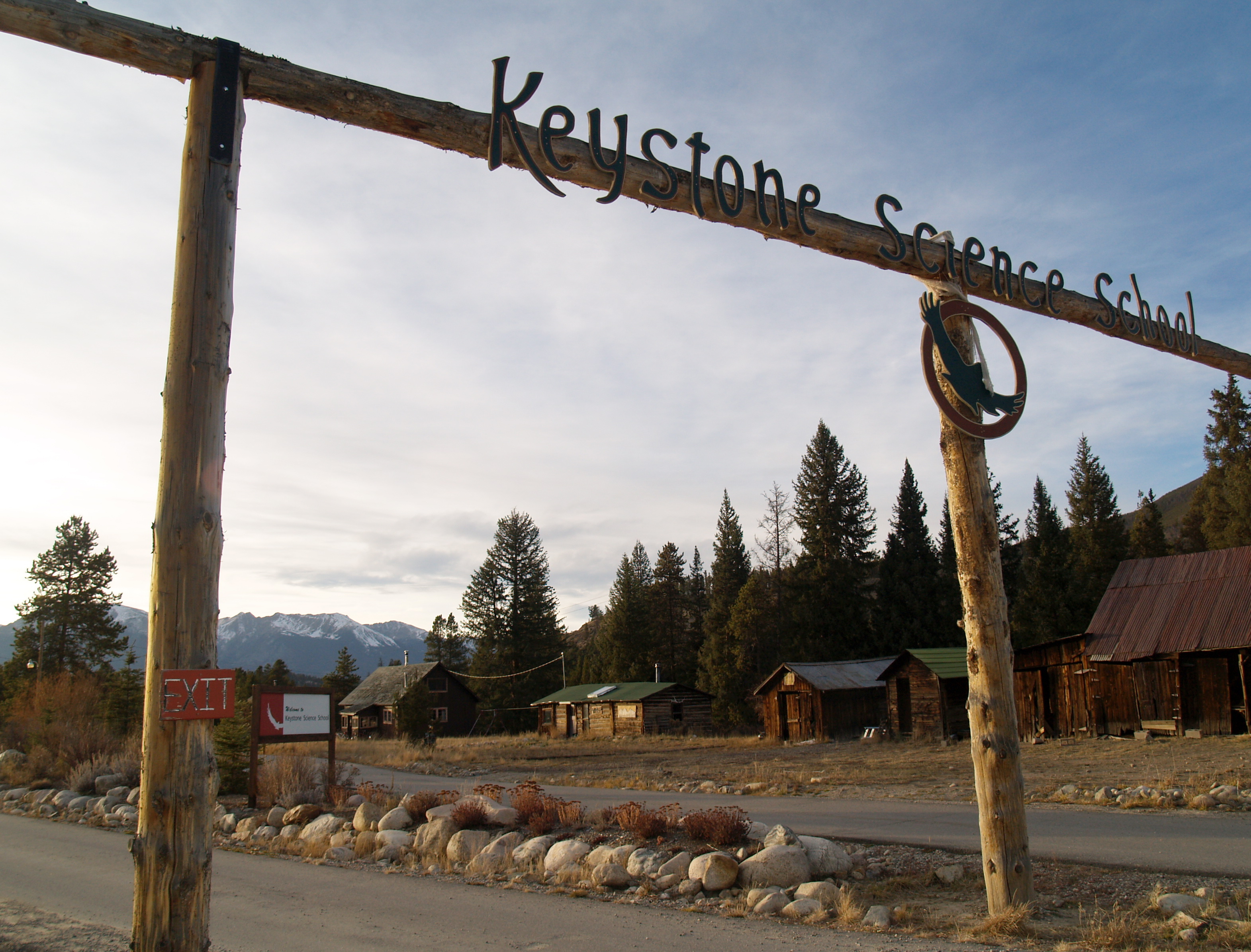
Why can’t I use the water in my own backyard?
When eighth-grade students in Summit County learn that the 84-billion-gallon reservoir behind their middle school doesn’t provide their town with drinking water, they typically have a few questions.
But not nearly as many questions as they have once they learn that the large body of water, Dillon, actually holds about 40 percent of the water supply stored for the Denver metro area — on the other side of the Continental Divide.
That’s where the Keystone Science School’s Education in Action program comes in. The entire eighth-grade class at Summit Middle School participates in the water management unit through support from the Copper Environmental Foundation, Town of Frisco and Denver Water.
These students measure snowpack, explore water quantity and participate in a mock town hall meeting to create water management plans. As part of their research, water experts — including Summit County’s water commissioner and a representative from the Colorado River District — met with the students to answer their questions.
I also attended this year’s session, along with my colleague Jessica Mahaffey, and we got a chance to talk with many of the kids. What do they care about most? Here are the three main themes we heard — and how we addressed them:
1) Water law: “Who owns the snow in my front yard, and am I legally allowed to sled on it?”
This is an astute question, and it highlights how water law in the West is so complex. But in the simplest terms, each snowflake that falls on your yard is divided up among water-rights holders established a long time ago, on a first-come, first-served basis.
So outside of the 110 gallons of water you’re allowed to collect in rain barrels, all precipitation belongs to someone else, even when it lands in your yard. (We do, however, highly recommend sledding on it before it melts.)
2) Climate change and population growth: “Are there concerns with population growth and global warming’s impact on water supply?”
Two of the most common phrases you’ll hear us say are: “Climate change is water change” and “We can’t grow the next 5 million people the same way we grew the last.”
The reality is that Colorado’s population is expected to nearly double by 2050, and studies show statewide temperature increased 2 degrees in the last 30 years. Add to that droughts, wildfires, the economy, land-use planning and a changing regulatory environment — all of which can have serious impacts on water supply.
Given all of these uncertainties, we can’t have just one strategy for dealing with our water future. That’s why Denver Water identifies and plans for these potential impacts and changes. And we’re working with climate scientists to best understand how climate conditions may change in our area and prepare for a variety of future options.
3) Quantity and conservation: “How much water does Denver use?”
Denver Water serves one-quarter of the state’s population with less than 2 percent of all the water used in the state. Single-family residences use 50 percent of their water outdoors, so water demand is extremely weather dependent. (And we all know that no two days are alike in the Denver metro area!)
The good news is that there’s a culture of conservation in Denver, and water use has been reduced by more than 20 percent in the last 15 years, despite a population increase of 15 percent.
“Just like the generation before us created a water system to meet today’s needs, Denver Water is actively planning 50 years into the future,” said Mahaffey. “And when I see the students in this program asking such smart questions, I’m encouraged. I think they leave the session better prepared to solve complex water issues.”
In April, Denver Water’s youth education program will be heading back up to Keystone Science School as a proud sponsor of the H2O Outdoors program, to work with the next generation of water leaders from across the state.



